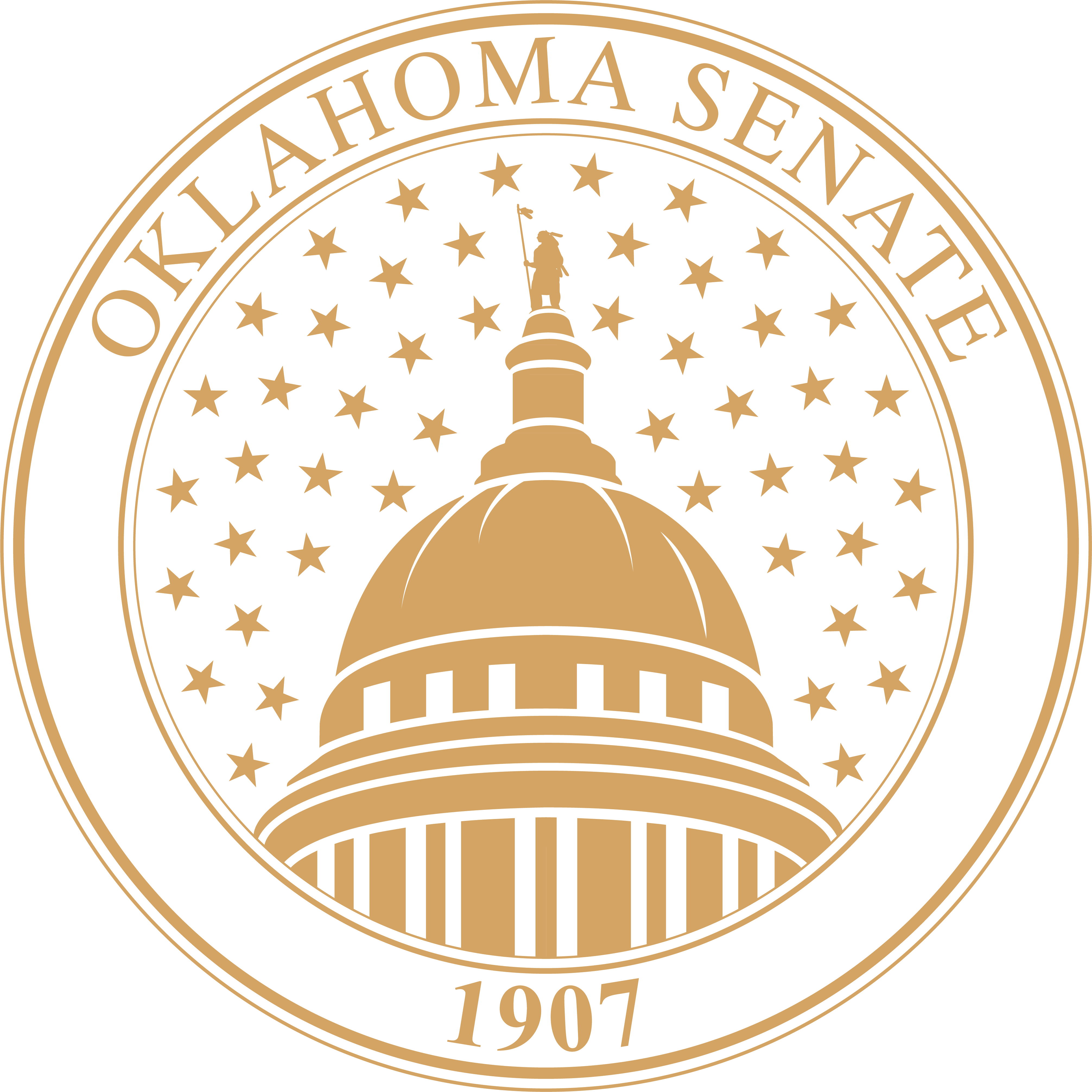MANUFACTURING FIRM TAX BURDENS IN THE SOUTHERN STATES: A SUMMARY OF FINDINGS
Background
The information in this report first appeared as a Public Affairs Research Council Inc. (PAR) publication.* PAR is a nationally recognized, private, non-partisan, non-profit research group specializing in state and local finance and economic development policy. PAR is funded by a variety of business groups including members from banking, finance and investment, energy companies, manufacturing firms and service enterprises.
Summary of Key Points
- The PAR study focused on manufacturing firm tax burdens among states with the most competitive overall state tax systems.
- Eleven southern states were included in the PAR Analysis of manufacturing tax burdens: Alabama, Arkansas, Florida, Georgia, Louisiana, Mississippi, North Carolina, Oklahoma, South Carolina, Tennessee and Texas.
- These 11 states all rank well below the national average in tax burden measured on a total state and local per capita basis. All of the states studied are among the 20 lowest tax states in total per capita state and local tax burden.
- Six of the states studied rank among the the bottom ten in total state and local tax burden per capita: Mississippi (50), Alabama (49), Tennessee (48), Arkansas (47), Oklahoma (44) and Louisiana (43).
- Using a model that held constant variables among firms and states PAR was able to ascertain what the actual tax burden on the same hypothetical firm would be in each of the twelve low tax states studied. The findings with respect to Oklahoma are as follows:
1) Oklahoma was in a virtual tie with Mississippi for lowest tax burden among the 11 states studied for new manufacturing firms during their first 10 years of operations. Oklahoma's tax burden of $4,235,591 over those ten years was less than 1% higher than Mississippi. Property tax abatements and other tax incentives offered to new firms were included in the analysis. Quality Jobs payments to firms in Oklahoma were not considered in the analysis, a fact that would have moved Oklahoma past Mississippi into the number one spot.
2) Oklahoma imposes $0 in startup sales tax costs on new manufacturers according to PAR; the lowest of any the states studied and a significant incentive to startup manufacturers.
3) Oklahoma's total tax burden on all types of manufacturers was below the southern state average except in the case of labor intensive manufacturers. Oklahoma's tax burden for labor intensive manufacturers is 2% points higher than the southern average according to PAR.
4) Oklahoma ranks as the 4th lowest state in total state and local tax burden for firms described by PAR as: average manufacturers, no-profit manufacturers, and for high-debt manufacturers. (A no-profit manufactuer is defined by PAR as a manufacturing concern having a bad year and not having any federal tax liability.)
5) Oklahoma's total state and local tax liability for the average manufacturing concern is $132,489 per year, 8.5% lower than the southern state average.
6) Oklahoma's total state and local tax liability for the no-profit manufacturer is $143,506 per year, 21.8% lower than the southern state average.
7) Oklahoma's total state and local tax liability for the high-debt manufacturer is $126,730 per year, 7.4% lower than the southern state average.
8) Oklahoma ranks as the 2nd lowest state in tax liability to the capital-intensive manufacturer.
9) Oklahoma's total state and local tax liability for the capital intensive manufacturing firms is $143,506, 18.8% below the southern states average.
Methodology
The PAR comparison of maufacturing firms tax burdens uses average state-wide rates and analyzes the effect of those rates on the tax liability of hypothetical firms. The study replicates recent, well-documented studies conducted by the Wisconsin Revenue Department and studies undertaken by tax research groups in Pennsylvannia, Texas, West Virgina and Alabama.
Hypothetical firms are used in the study to provide a consistent base with which to compare the impact of different state tax structures.
The hypothetical firms are assumed to be publicly traded corporations with the same asset size and to have all their facilities and holding in one state.
* Corporate Tax Burden in the Southern States: A Comparison, PAR Analysis #288, December 1994.
Prepared by Senate Staff
 Oklahoma Senate
Oklahoma Senate

